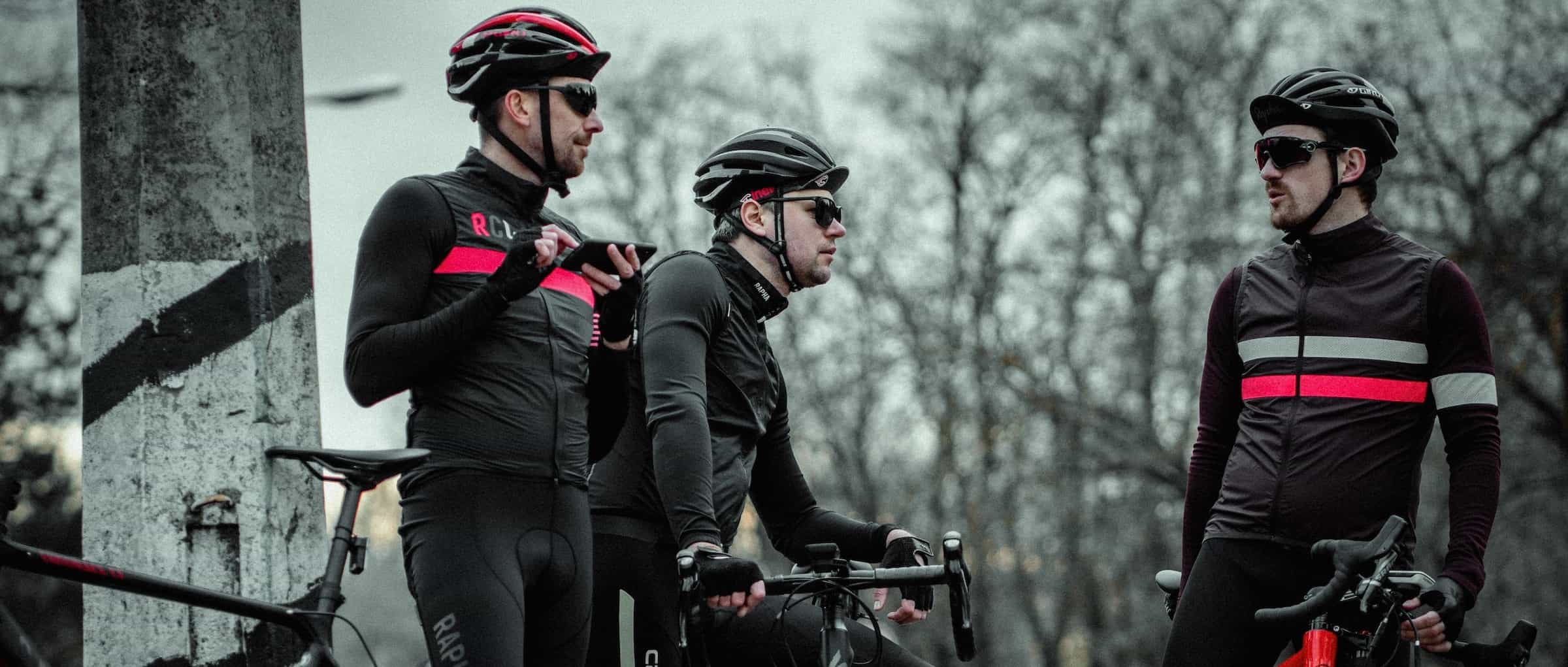Unlike motorists, cyclists don’t have the benefits of a protective shell and wind shield to protect them from the elements, which means that those on two wheels need to equip themselves for whatever the weather throws at them.
In short, you want to remain cool in the summer and warm in the winter, because once you begin to feel uncomfortable, your concentration is going to be affected and that is going to impair your ability to effectively control your bike, possibly compromising your own safety and the safety of others.
Hopefully, weather permitting, the summer months will mean layers will be kept to a minimum, a single shirt, or “skin”, made of a material that wicks, or transfers, perspiration through to the outer surface of the garment where it will evaporate.
Coverage of the lower part of the body can be kept to a minimum but remember that the more flesh that is exposed, the more of it needs protecting from the damaging effects of the sun with cream.
Don’t forget to equip yourself with some UV-protected eyewear, and consider the number of vents in your helmet: the more there are, the greater area of your head is exposed to the sun.
One solution is to invest in a skullcap that sits snugly under the helmet and offers UV protection.
The worst of the wind and rain
A skull cap is also useful in the winter months for keeping the worst of the wind and rain from finding a way through your helmet vents.
Choose a fleece-lined model made of material that will wick away the perspiration during more energetic rides. A visor is another useful addition in the head area, as it can protect the lenses of your glasses from the rain.
The upper body is going to need extra protection so the simple addition of a mid layer jersey can protect you on milder days. Choose one that incorporates pockets as this will negate the need to wear a jacket simply for the latter’s storage capabilities.
If the heavens open or the wind begins to gather speed, then you are going to need that jacket, preferably one that is high on breathability to regulate body temperature, and high on water-proofing to prevent you getting soaked.
Good contact with the handlebars
Water-repellent, full-length tights will protect your legs, while shoes that incorporate a protective sock will further shield your ankles. Full-finger gloves will mean your hands are warm and dry and you maintain good contact with the handlebars.
When setting out for a day’s riding, check the weather forecast and make allowances for the fact they may have got it wrong.
It’s always a good idea to make space in your saddle bag for your jacket, in case conditions take a turn for the worse.
But don’t err too much on the side of caution and set off wearing too many layers as you will all too quickly find yourself hot and bothered.
Ensure, too, that your clothing has good fluorescent properties so you are clearly visible to both pedestrians and other vehicles.
The long summer days may promise plenty of daylight, but one wrong turn may put an hour or more on your journey and mean you are covering the final few miles in darkness.


